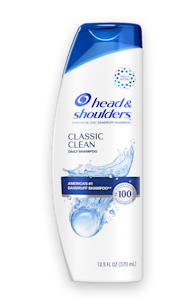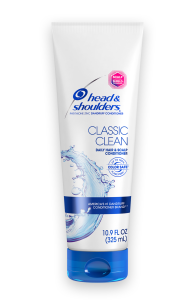PITYRIASIS VERSICOLOR – WHAT IS IT?

Pityriasis versicolor is a skin condition that can be the source of both discomfort and embarrassment. Find out more about it here.
Pityriasis versicolor is more commonly known as Tinea versicolor. It can cause visible changes to the skin pigmentation, and may be itchy, which makes it a particularly unpleasant problem to deal with.
We’ll look at what causes it, and how to treat it.
What causes pityriasis versicolor?
Our bodies are home to a myriad of microorganisms. One of these, living on the surface of our skin, is the yeast-like fungus called Malassezia.
Malassezia is a microbe that is generally harmless, consuming the natural oils present on our skin.
Sometimes, however, malassezia can grow out of control, and invade inside the upper layers of skin. Scientists don’t know exactly why this happens, but certain things have been shown to increase the likelihood of malassezia overgrowth:
Hot, humid weather
Excessive sweating
A weakened immune system
Hormonal changes
Once malassezia begins to grow out of control, you will begin to develop a rash. This rash starts as a discoloured patch of skin that can be lighter or darker than the surrounding area. The patch may be dry, itchy and scaly.
Typically, pityriasis versicolor will confine itself to the arms, chest, neck or back. It is more common in adolescents and young adults, and it isn’t contagious.
Treating pityriasis versicolor
It is possible to treat pityriasis versicolor using antifungal creams, lotions, and shampoos. Some of these medications are available over-the-counter.
If you find that these treatments don’t work, then a visit to your doctor should be next on your list. They will be able to prescribe a more effective treatment plan, such as oral medication.






